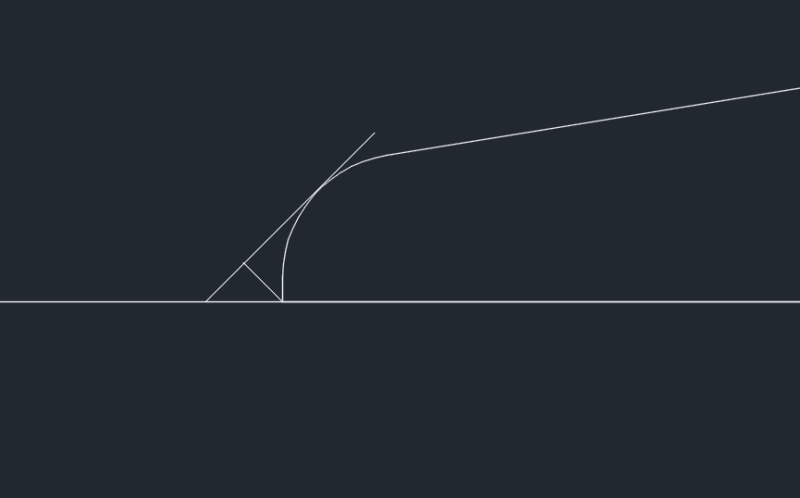PSSC
Mechanical
- Feb 11, 2008
- 63
Hello all,
I have a question about the maximum fillet weld that can be applied to the toe of a channel.
Is there guidance on what part of the channel toe should be considered the "top" of welded portion?
Thanks
I have a question about the maximum fillet weld that can be applied to the toe of a channel.
Is there guidance on what part of the channel toe should be considered the "top" of welded portion?
Thanks


![[ponder] [ponder] [ponder]](/data/assets/smilies/ponder.gif)
